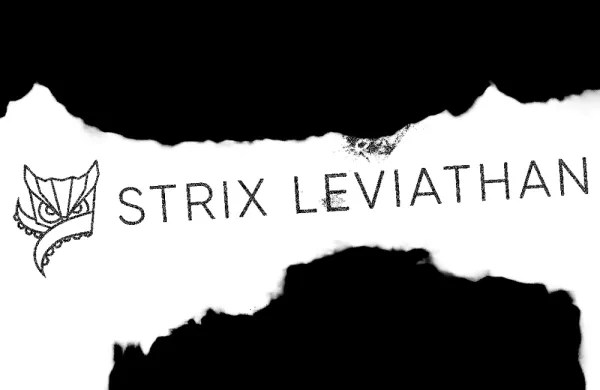Twenty-two-year-old Daniele Bourne was planning to take the Graduate Management Admission Test on May 24, but she broke her ankle and rescheduled the test for June 11 — which meant she took a very different test from the one for which she’d studied. As of June 5 applicants to MBA programs across America are required to take an updated version of the GMAT. The revised test eliminates one of two essay questions in favor of a new section called Integrated Reasoning, which requires test takers to analyze data from many sources, including complex charts. It’s designed to help admissions departments assess an applicant’s ability to judge what a set of numbers might say about corporate growth, market share and other factors that influence asset prices. Business schools have not yet determined how much weight they will put on scores in the new section.
“In the financial world you’re going to have to know how to produce graphs so that average investors can understand what it means to invest in a stock,” says Ashok Sarathy, a vice president at the Reston, Virginia–based Graduate Management Admission Council, which administers the GMAT. “Understanding what information is useful and what isn’t is going to be critical.”
Bourne, who graduated from Tufts University in 2011 and currently works as a restaurant manager in Brooklyn, New York, had completed a nine-session preparatory course, at a cost of $1,600. “On June 2 I realized I’d better have a look at the new section,” she says. Bourne crammed for the test, scored 7 out of a top score of 8 on the Integrated Reasoning section and achieved an overall score of 740 out of a possible 800.
Future business school applicants may need more time to study, however, which is music to the ears of the test prep industry. “We used to plan on about 100 to 120 hours of preparation time to get a top score on the GMAT,” says Andrew Mitchell, director of pre-business programs for Kaplan, a testing subsidiary of Washington Post Co. “Now it takes 120 to 150 hours.”
That’s the kind of math any quant should love.





